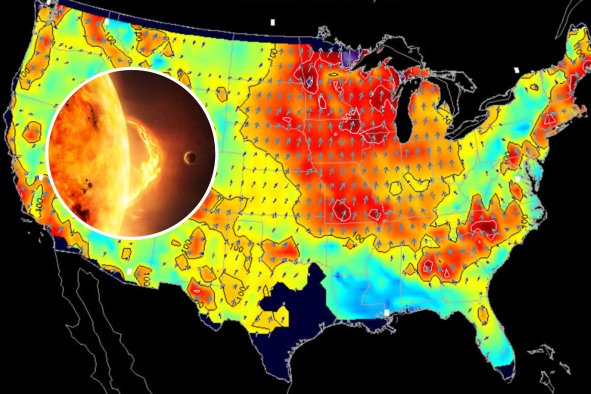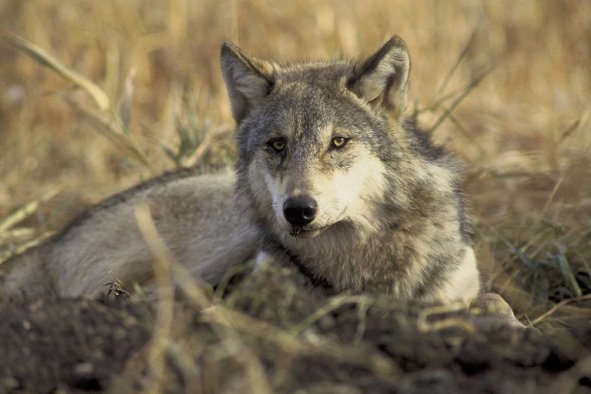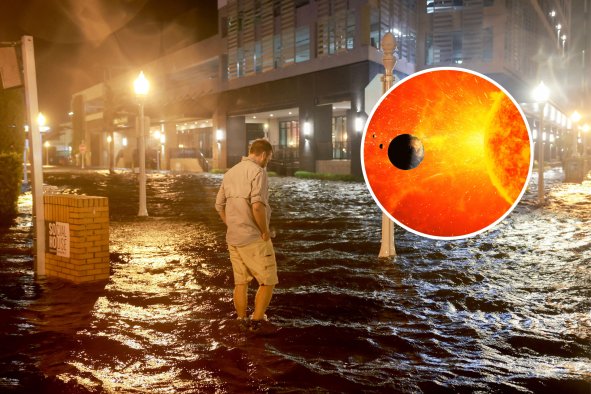Human remains in Seville, Spain, have been definitively identified as those of Christopher Columbus after more than 20 years of DNA analysis by forensic scientists.
The team also investigated Columbus' birthplace. While it has often been identified as Genoa, Italy, there are other theories about where he came from, and the forensic scientists used DNA analysis to find this out.
Columbus was an explorer who led expeditions from Spain to the Americas in the 15th century, paving the way for further exploration and colonization of the New World. His remains have been preserved in a tomb in Seville Cathedral since 1899. Before then, they were in Havana after being in Santo Domingo, the Dominican Republic's capital, as well as several Spanish cities.
With all this moving around of Columbus' bones, doubts arose about whether the remains in Seville were truly those of the explorer.
But an international team of forensic scientists, led by José Antonio Lorente of Spain's University of Granada, has determined with "absolute reliability"—in Lorente's words—that these bones are those of Columbus.
This came after DNA analysis that compared Columbus' remains with those of his son, Hernando, and brother, Diego, who are buried in Seville Cathedral.
Work started in 2003 when Lorente and historian Marcial Castro were granted permission to open Columbus' tomb. However, the technology available at the time led to positive but inconclusive results, and each analysis destroyed a tiny fragment of bone, so the scientists stopped.
Analysis started up again in the past few years, and technological advancements have led to more conclusive results—that the remains are, in fact, Columbus—and enabled the scientists to ask further questions. Among them is: Where did Columbus come from?
Theories about his birthplace span 25 different places in Europe, including Italy, Spain, Portugal, France, England, Scotland, Sweden, Norway, Hungary, Croatia and Ireland. Some have even suggested that Columbus may have been Jewish.
To find out, Lorente and an international team of forensic scientists from Spain, the U.S., Mexico and Italy conducted DNA tests independently, hoping to all reach the same conclusion about where Columbus came from.
The results of the investigation, as well as further details about it, are set to be revealed Saturday on Spanish TV in a documentary titled Columbus DNA: His True Origins. They will also be published in a scientific journal by the end of the month and discussed in a press conference in November.
Until the details of the forensic investigation are released, Lorente is declining to speak with the media to reveal its results.
"This is an original film that reflects the historical and academic process carried out," he said in a statement provided to Newsweek.
He continued: "The reason for holding the press conference after the film is presented is that very important recent data are still being analyzed, which, without affecting the content of the film, are of scientific importance to experts and historians, and therefore must be presented definitively and jointly in an academic context.
"Until [publishing], the researchers will not make any kind of statement on any of the aspects related to this research," Lorente said.
Do you have a tip on a science story that Newsweek should be covering? Do you have a question about forensic science? Let us know via science@newsweek.com.
Disclaimer: The copyright of this article belongs to the original author. Reposting this article is solely for the purpose of information dissemination and does not constitute any investment advice. If there is any infringement, please contact us immediately. We will make corrections or deletions as necessary. Thank you.



